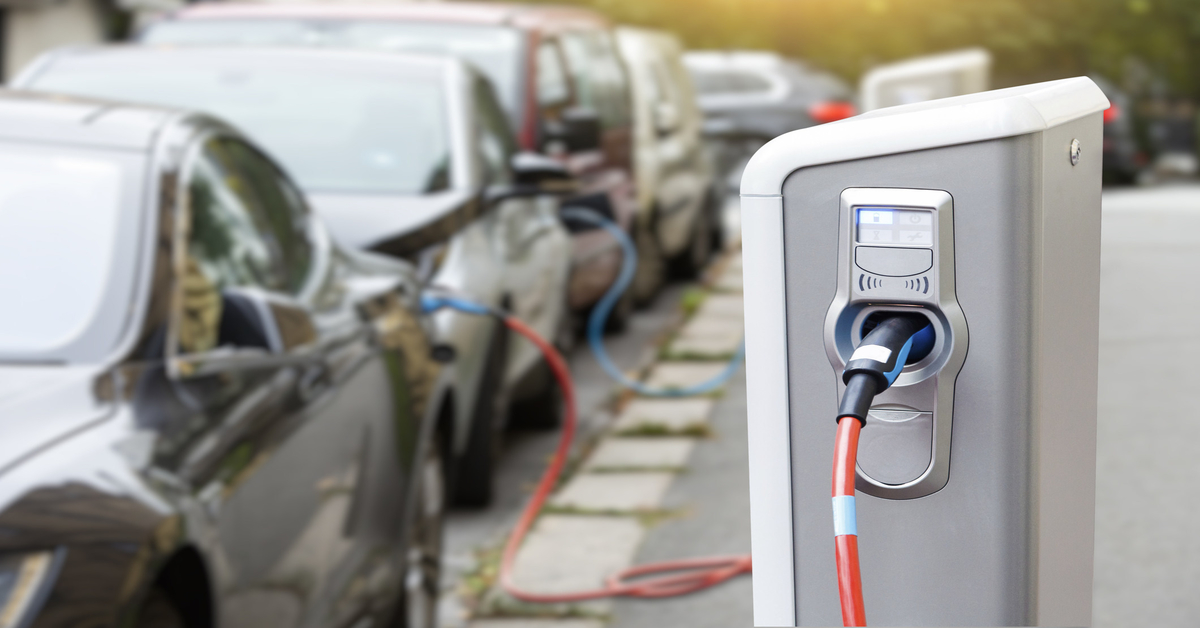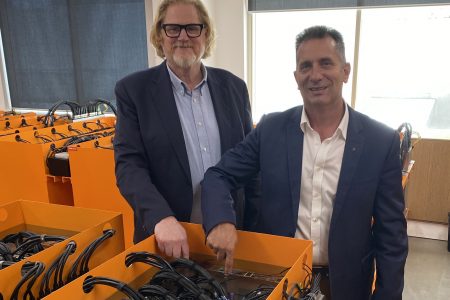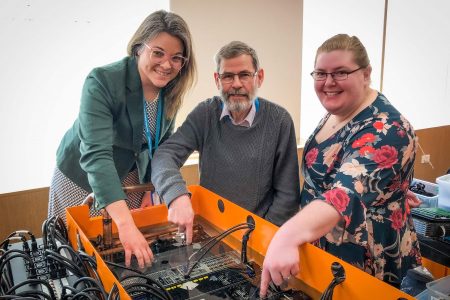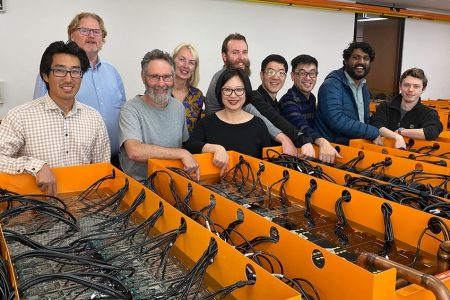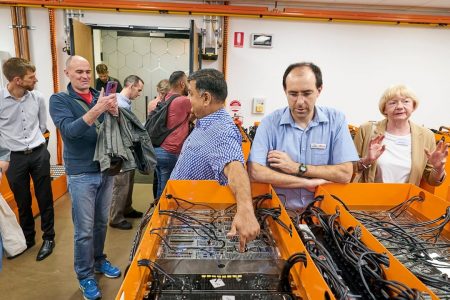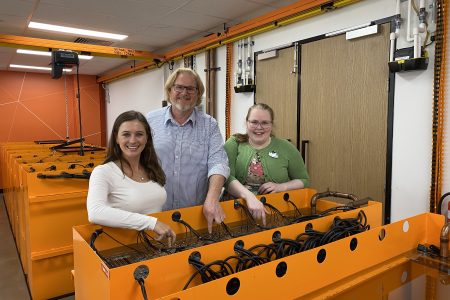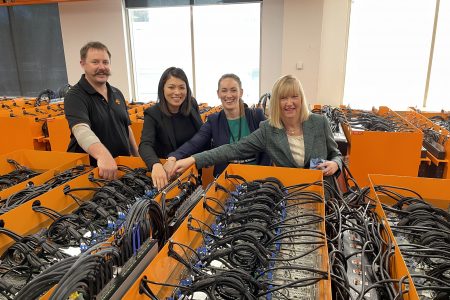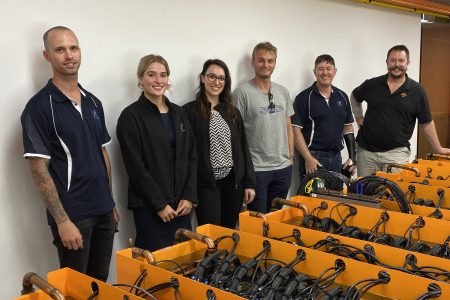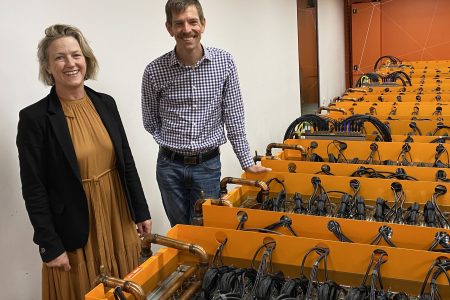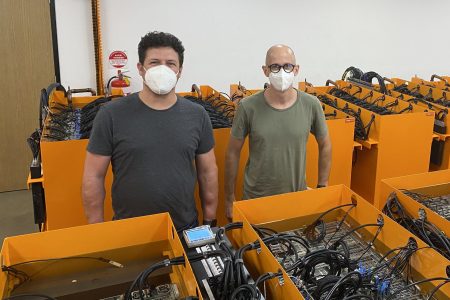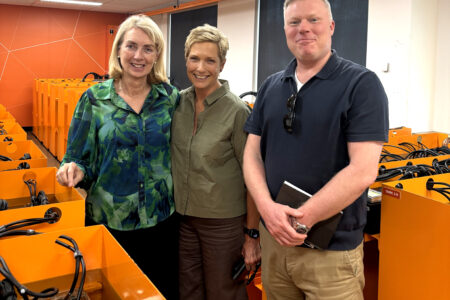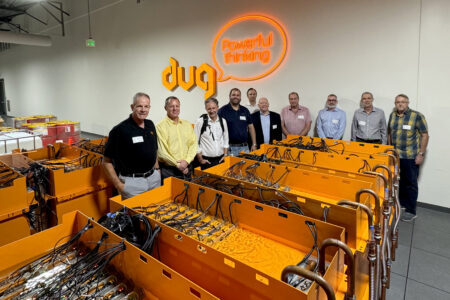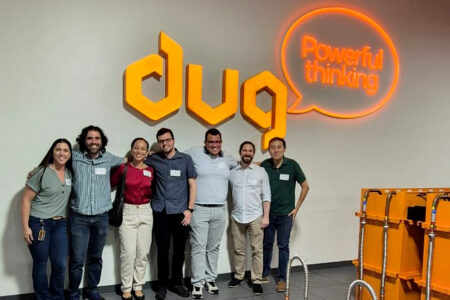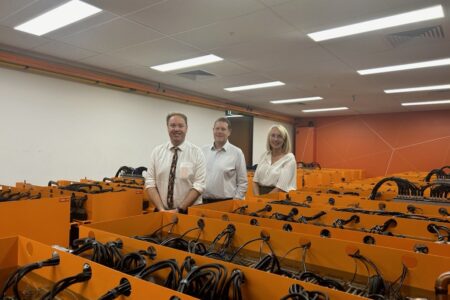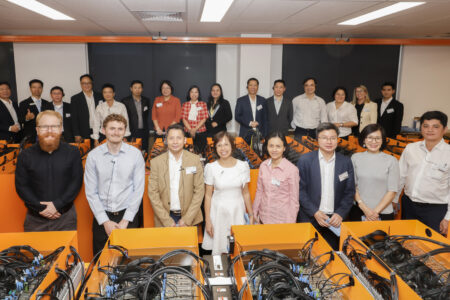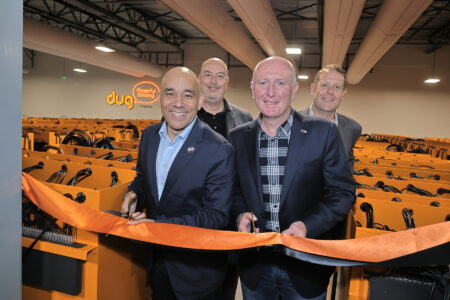A modern marvel, the lithium-ion (Li-ion) battery keeps myriad electronic devices such as cell phones, wireless earbuds and laptops running seamlessly. But one of the major factors slowing down the application of the battery in some sectors such as aviation is its restricted energy density (the ratio of how much energy an energy source could store relative to its mass) and therefore its weight.
With an energy density ranging from 100 – 265 watt-hours per kilogram, Li-ion batteries still require a lot of improvements so that they’re able to pack more energy without becoming prohibitively heavy. Being able to overcome this hurdle could usher in more cost-effective battery electric vehicles (BEVs) with a longer range, cell phones that could last for days without a single charge, or even allowing electric planes to finally take to the skies.
To address this limitation, scientists have invented a new lithium-metal battery with a record-breaking energy density of 560 watt-hours per kilogram, inching closer to the energy density of efficient iron-air batteries (764 watt-hours per kilogram).
Dream material.
In search of a solution to increase the capacity of Li-ion batteries, researchers from the Karlsruhe Institute of Technology (KIT) ingeniously concocted a promising combination of materials to turbocharge lithium-metal batteries, published in the journal Joule.
A key bottleneck impeding the energy storage capability of Li-ion batteries is the adverse reaction between the electrolyte solution, which carries the lithium ions, and the two electrodes (cathode and anode). What entails is the degradation of the battery cathode over a very short period, leading to extremely inefficient batteries.
The KIT researchers circumvented this problem by substituting the commonly used cathode with a novel, layered cathode that’s cobalt-poor but nickel-rich, called NCM88. Furthermore, they also swapped out the commercially available electrolyte for an alternative that brought about profound gains in performance. Described as non-volatile and virtually non-flammable, the ionic liquid electrolyte was able to avoid any structural deformations on the cathode, which is otherwise hardly achievable using conventional electrolytes. After testing the battery over and over again 1000 times, they ultimately concluded that the new battery retained 88% of its capacity and averted any fatal electrochemical reactions such as explosions.
Bringing the battery to the real world.
Results from the study were very promising, but there will be much work to do to bring the technology to life.
A stable battery that offers such a high energy density could be a tremendous gamechanger in the electric transportation industry, particularly when it comes to the rollout of BEVs. Today, the limited range of BEVs is usually tackled by expanding charging infrastructure. Perhaps getting to the root of the problem by innovating batteries with a high energy-to-weight ratio and a high charge-discharge rate would do wonders too, allowing BEV owners to travel long distances without the need to stop for ‘fuel’ every three hours.


